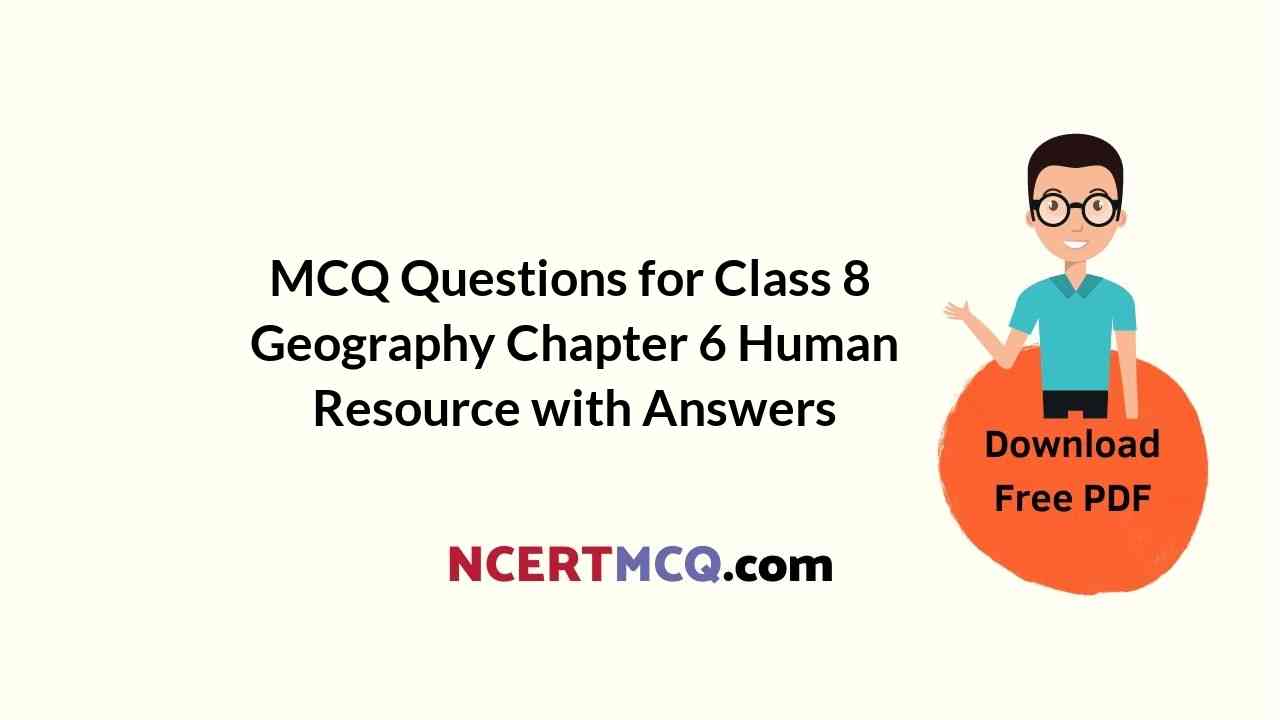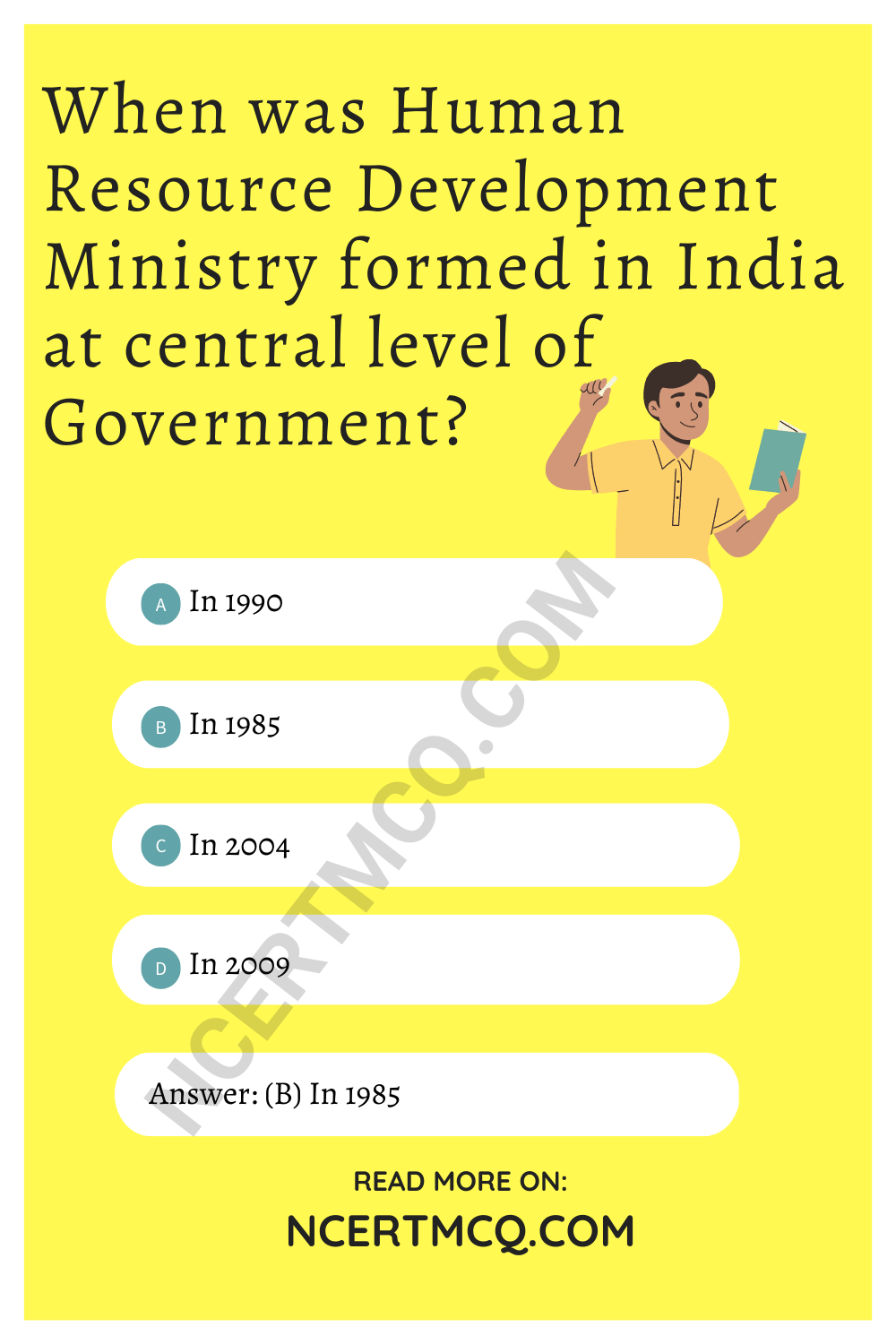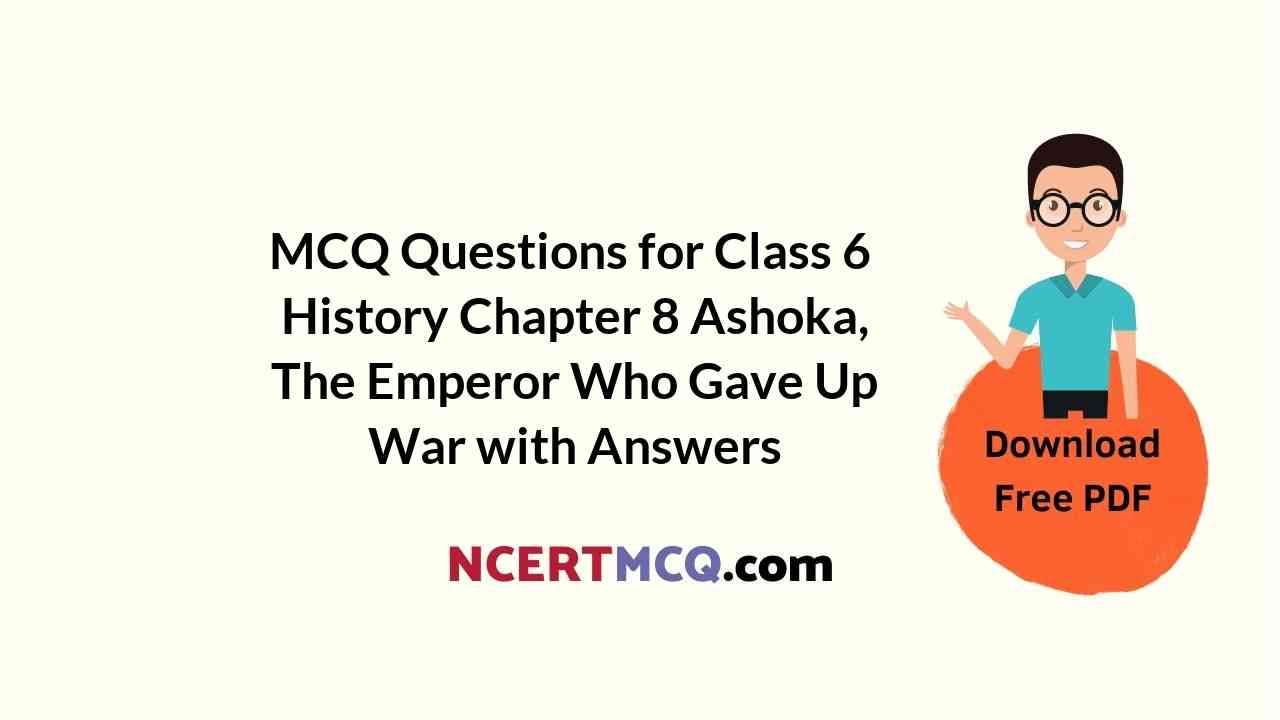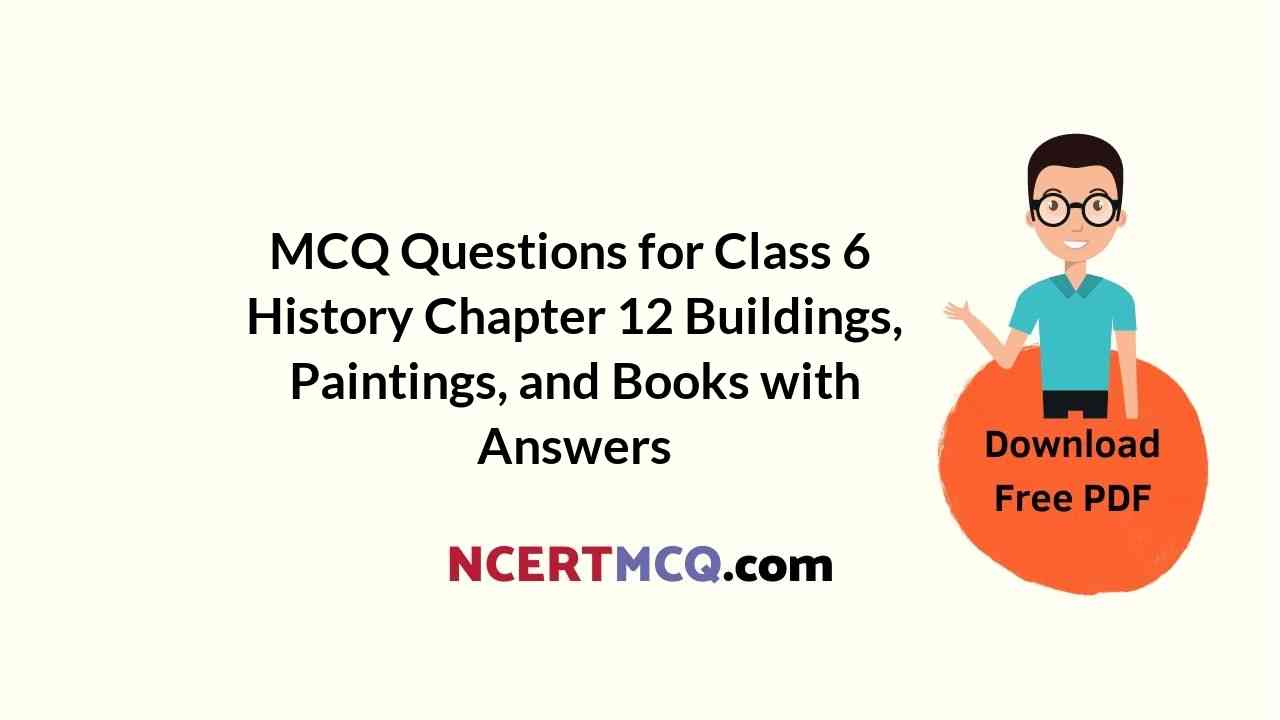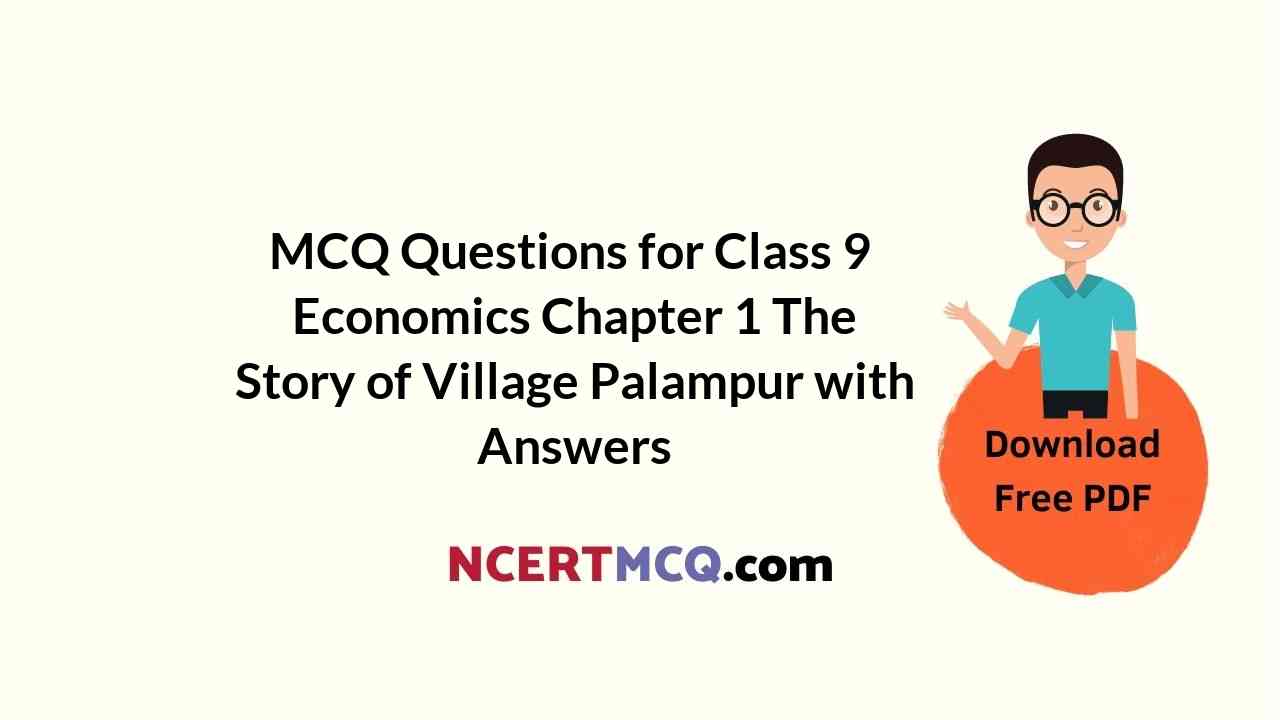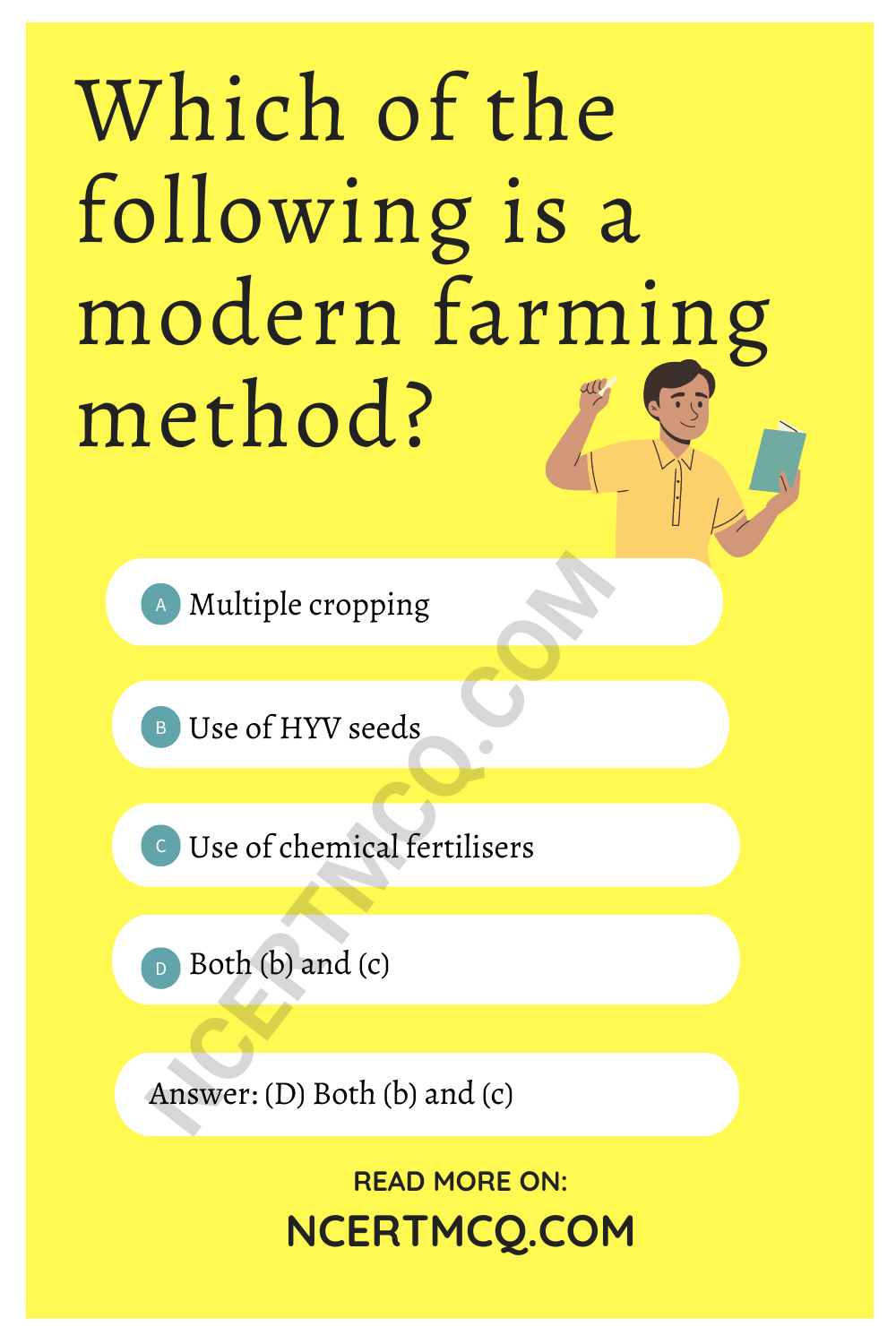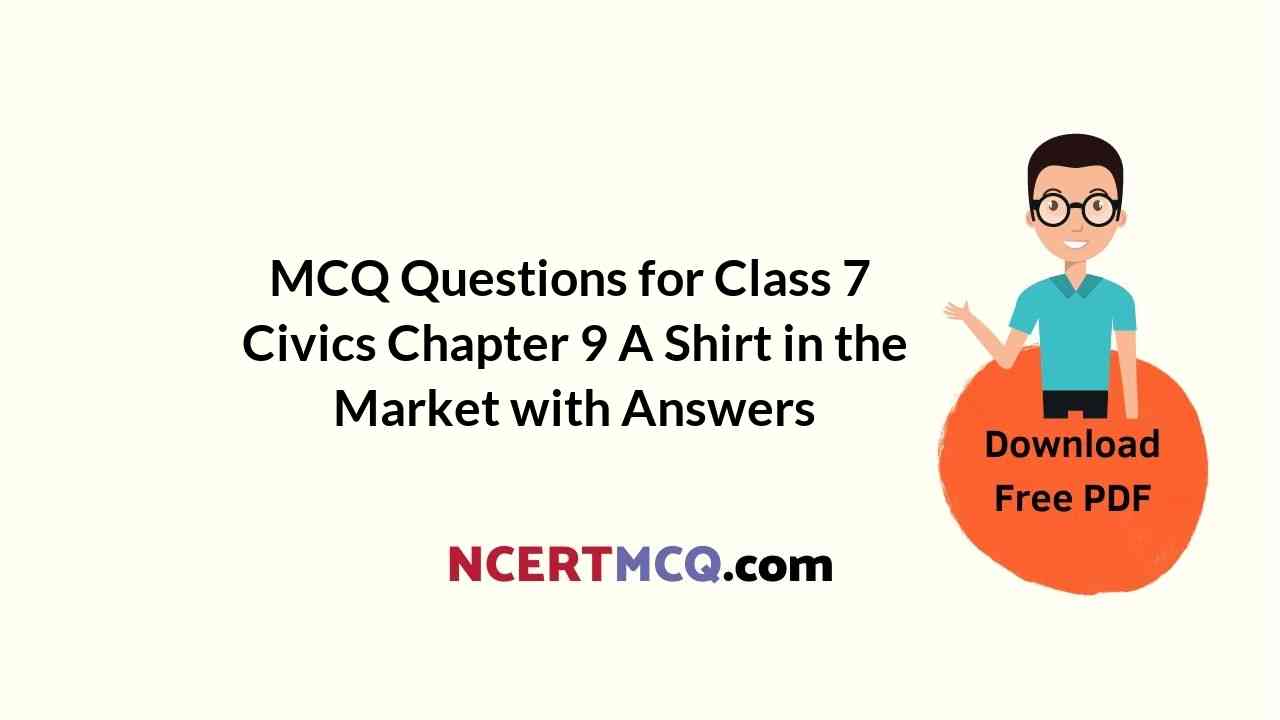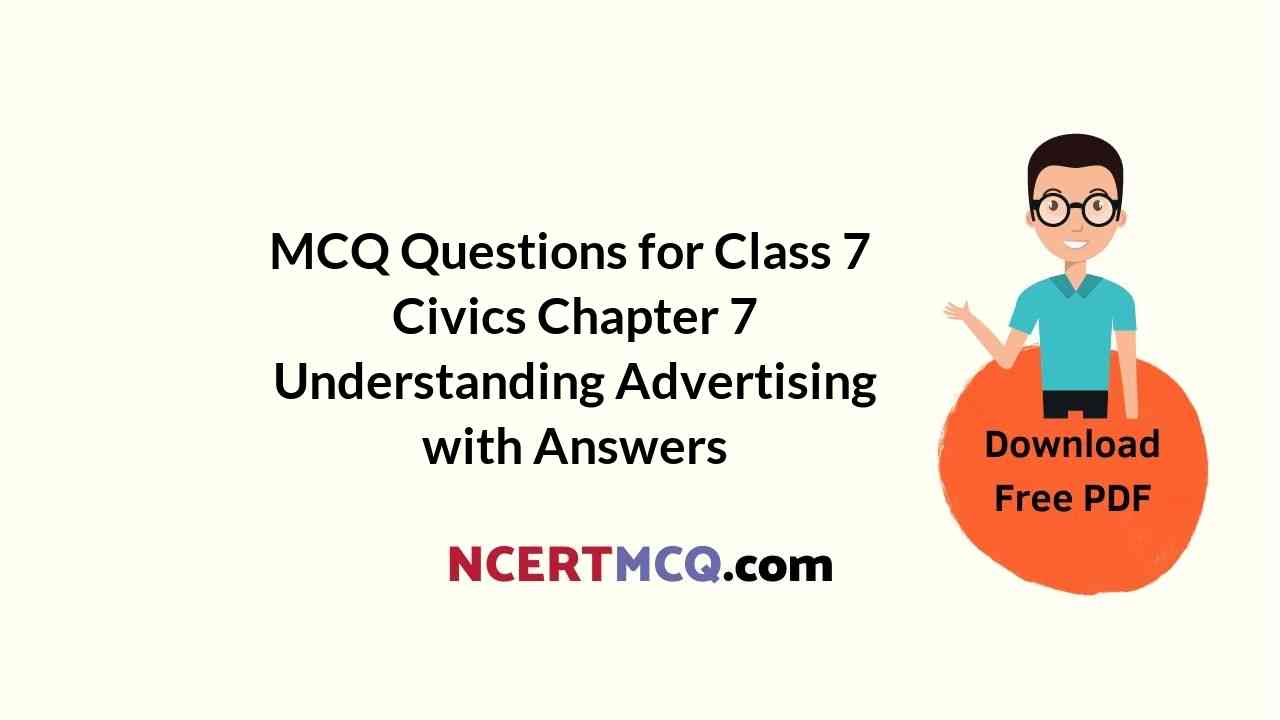Check the below NCERT MCQ Questions for Class 7 Civics Chapter 1 On Equality with Answers Pdf free download. MCQ Questions for Class 7 Social Science with Answers were prepared based on the latest exam pattern. We have Provided On Equality Class 7 Civics MCQs Questions with Answers to help students understand the concept very well. https://ncertmcq.com/mcq-questions-for-class-7-social-science-with-answers/
Class 7 Social Science Civics Chapter 1 MCQ With Answers
Civics Class 7 Chapter 1 MCQs On On Equality
Class 7 Civics Chapter 1 MCQ Question 1.
What does democracy mean?
(a) Equal right to vote
(b) Unequal right to vote
(c) Discrimination
(d) All of these
Answer
Answer: (a) Equal right to vote
Class 7 Civics Chapter 1 MCQ With Answers Question 2.
According to Universal Adult Franchise every adult has:
(a) No vote
(b) one vote
(c) multiple vote
(d) All of these
Answer
Answer: (b) one vote
On Equality Class 7 MCQs Chapter 1 Question 3.
What is NOT the element of equality?
(a) Justice
(b) Religion
(c) Wealth
(d) Health
Answer
Answer: (b) Religion
Ncert Class 7 Civics Chapter 1 MCQ With Answers Question 4.
Whose autobiography is ‘Joothan’?
(a) Omprakash Valmiki’s
(b) Atal Bihari Vajpayee’s
(c) Mahatma Gandhi’s
(d) Pt. Jawaharlal Nehru’s
Answer
Answer: (a) Omprakash Valmiki’s
On Equality Class 7 MCQ Chapter 1 Question 5.
What did the headmaster ask Omprakash Valmiki to do?
(a) To bring a glass of water
(b) To sweep the school playground
(c) To teach the students
(d) None of these
Answer
Answer: (b) To sweep the school playground
MCQ Questions For Class 7 Civics Chapter 1 Question 6.
When persons are treated unequally what is violated?
(a) Dignity
Cb) Religion
(c) Caste
(d) Practice
Answer
Answer: (a) Dignity
On Equality Class 7 MCQ With Answers Chapter 1 Question 7.
The Indian constitution recognises
(a) all people are equal
(b) all people are not equal
(c) all people are economically sound
(d) none of these
Answer
Answer: (a) all people are equal
Class 7 Civics Ch 1 MCQ Question 8.
Who drafted the Indian Constitution?
(a) Pt. J.L. Nehru
(b) Mahatma Gandhi
(c) Lai Bahadur Shastri
(d) Dr. B.R. Ambedkar
Answer
Answer: (d) Dr. B.R. Ambedkar
MCQ On Equality Class 7 Chapter 1 Question 9.
Who represent our problems in the Parliament House?
(a) Ourselves
(b) MLAs
(c) SHO
(d) MPs
Answer
Answer: (d) MPs
Civics Class 7 Chapter 1 MCQ Question 10.
Civil Rights movement of USA was about:
(a) Afro Americans
(c) Both of these
(c) Indo Americans
(d) None of these
Answer
Answer: (a) Afro Americans
Civics Chapter 1 Class 7 MCQ Question 11.
What is the central feature of Democracy?
(a) Inequality
(b) Discrimination
(c) Equality
(d) restrictions
Answer
Answer: (c) Equality
Match the contents of Column A with that of Column B.
| Column A | Column B |
| 1. Disability Act | (a) 2001 |
| 2. Civil Rights | (b) Article 15 |
| 3. Midday Meal | (c) 1964 |
| 4. Prohibition of Discrimination | (d) 1995 |
Answer
Answer:
| Column A | Column B |
| 1. Disability Act | (d) 1995 |
| 2. Civil Rights | (c) 1964 |
| 3. Midday Meal | (a) 2001 |
| 4. Prohibition of Discrimination | (b) Article 15 |
Fill in the blanks with appropriate words.
1. …………. was the first state to introduce Midday meal scheme.
Answer
Answer: Tamil Nadu
2. We are represented in the Parliament through our …………….
Answer
Answer: elected representatives
3. Our constitution recognises everyone as equal before ……………
Answer
Answer: law
4. When people are treated unequally their ……………. is violated.
Answer
Answer: dignity
State whether the given statements are true or false.
1. The Ansaris easily got a flat in the desired area.
Answer
Answer: False
2. Joothan is an autobiography of Omprakash Valmiki.
Answer
Answer: True
3. Kanta borrowed money to pay her electricity bill.
Answer
Answer: False
4. Rosa Parks was an African-American.
Answer
Answer: True
We hope the given NCERT MCQ Questions for Class 7 Civics Chapter 1 On Equality with Answers Pdf free download will help you. If you have any queries regarding On Equality CBSE Class 7 Civics MCQs Multiple Choice Questions with Answers, drop a comment below and we will get back to you soon.
Class 7 Social Science Civics MCQ:
- On Equality Class 7 MCQ
- Role of the Government in Health Class 7 MCQ
- How the State Government Works Class 7 MCQ
- Growing up as Boys and Girls Class 7 MCQ
- Women Change the World Class 7 MCQ
- Understanding Media Class 7 MCQ
- Understanding Advertising Class 7 MCQ
- Markets Around Us Class 7 MCQ
- A Shirt in the Market Class 7 MCQ
- Struggle for Equality Class 7 MCQ
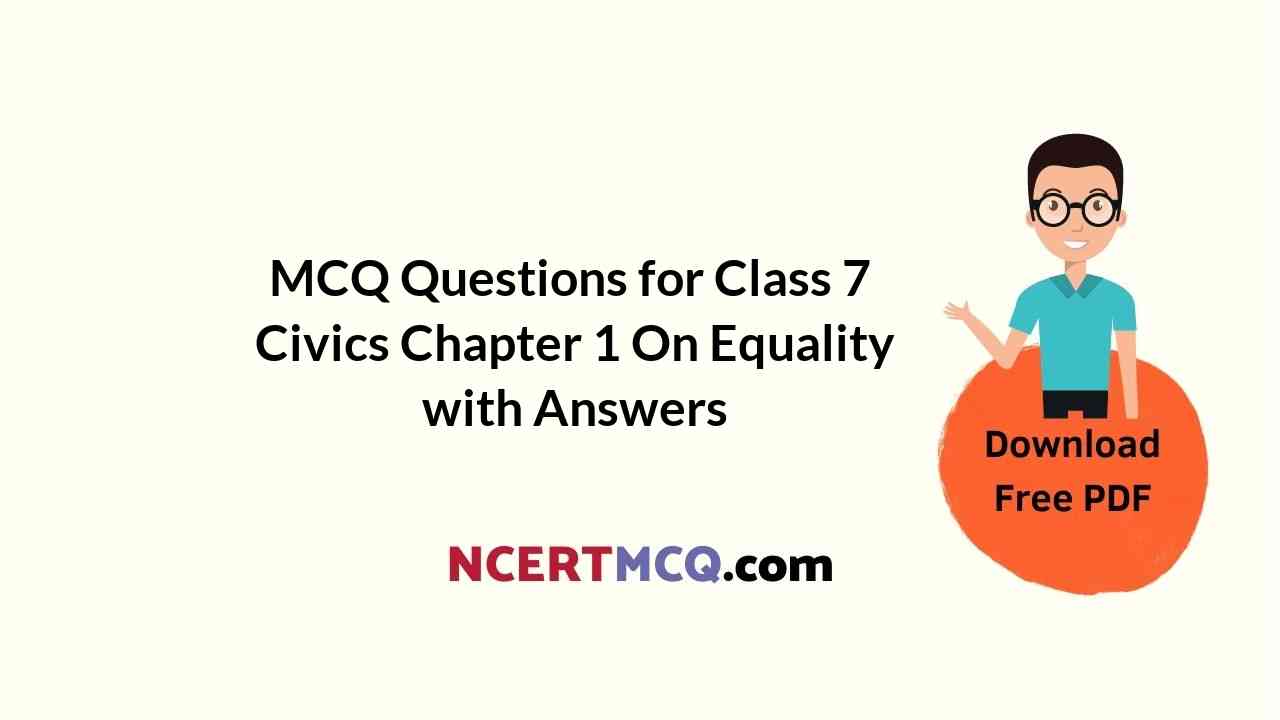
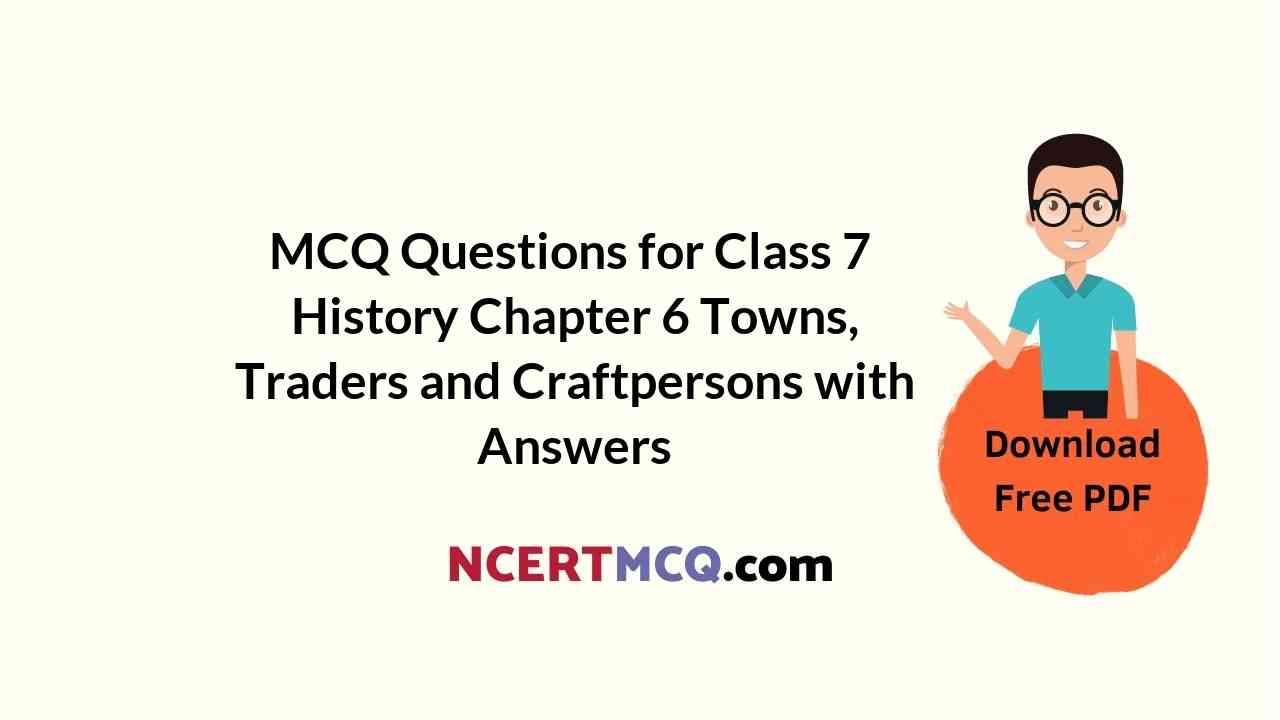
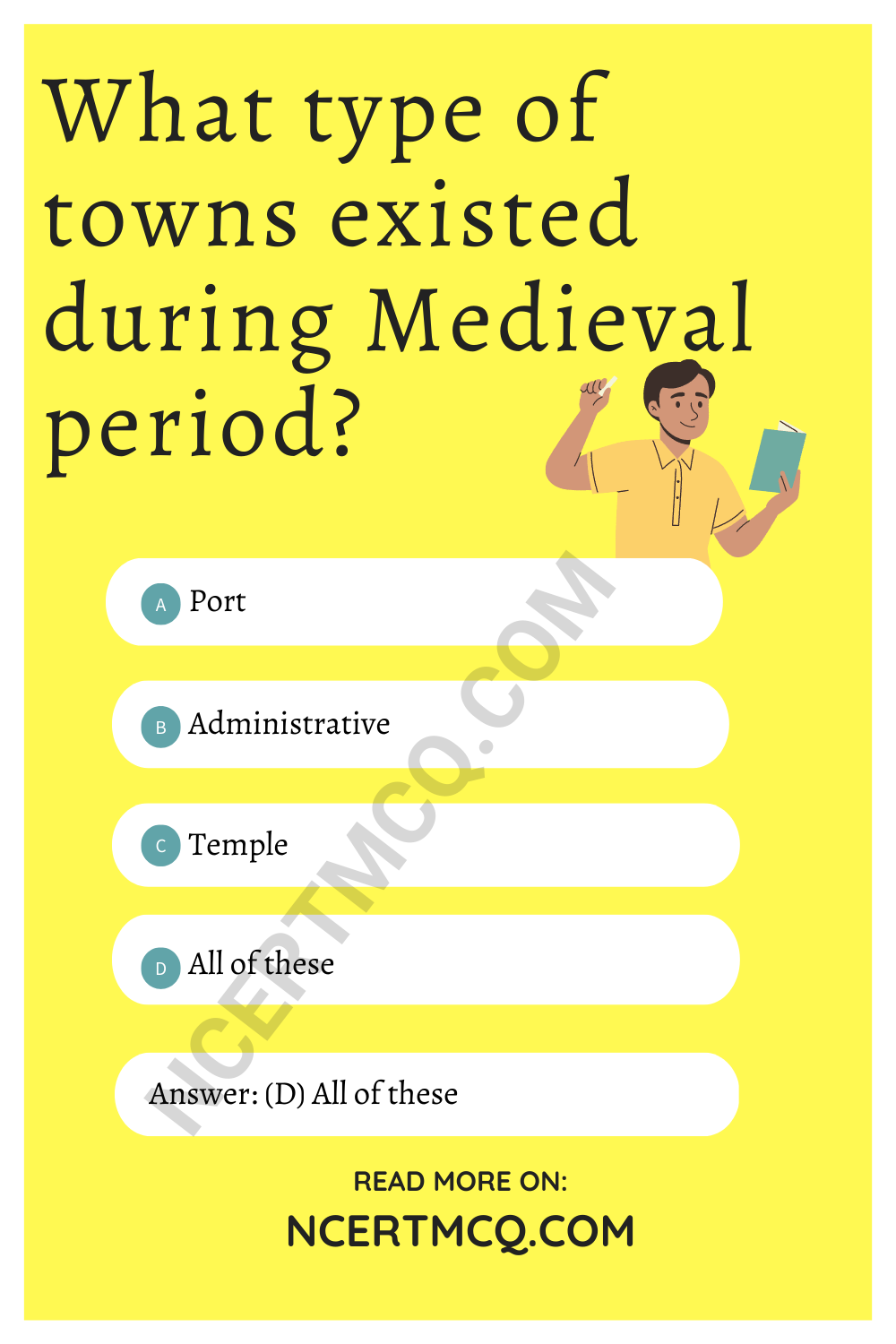
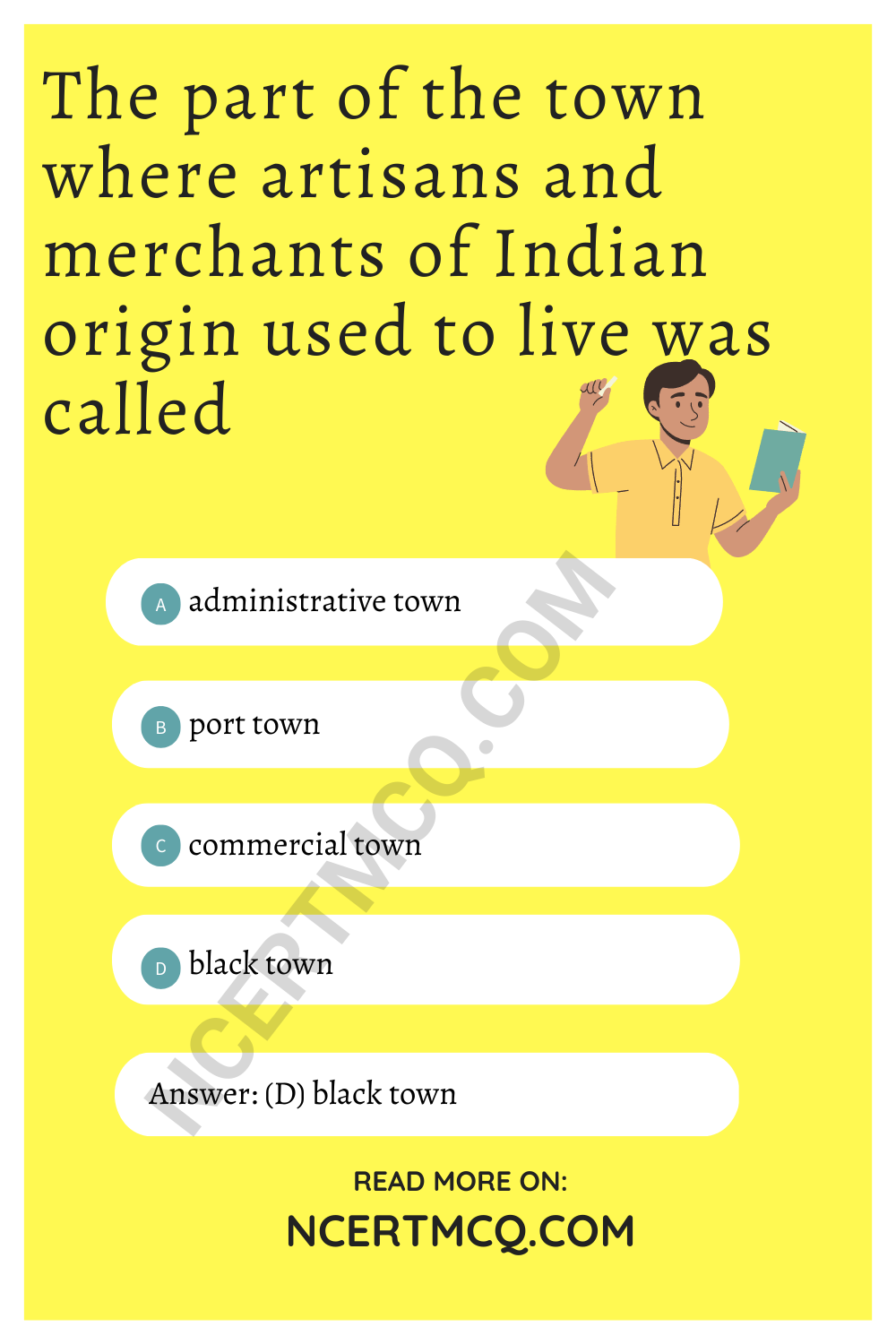

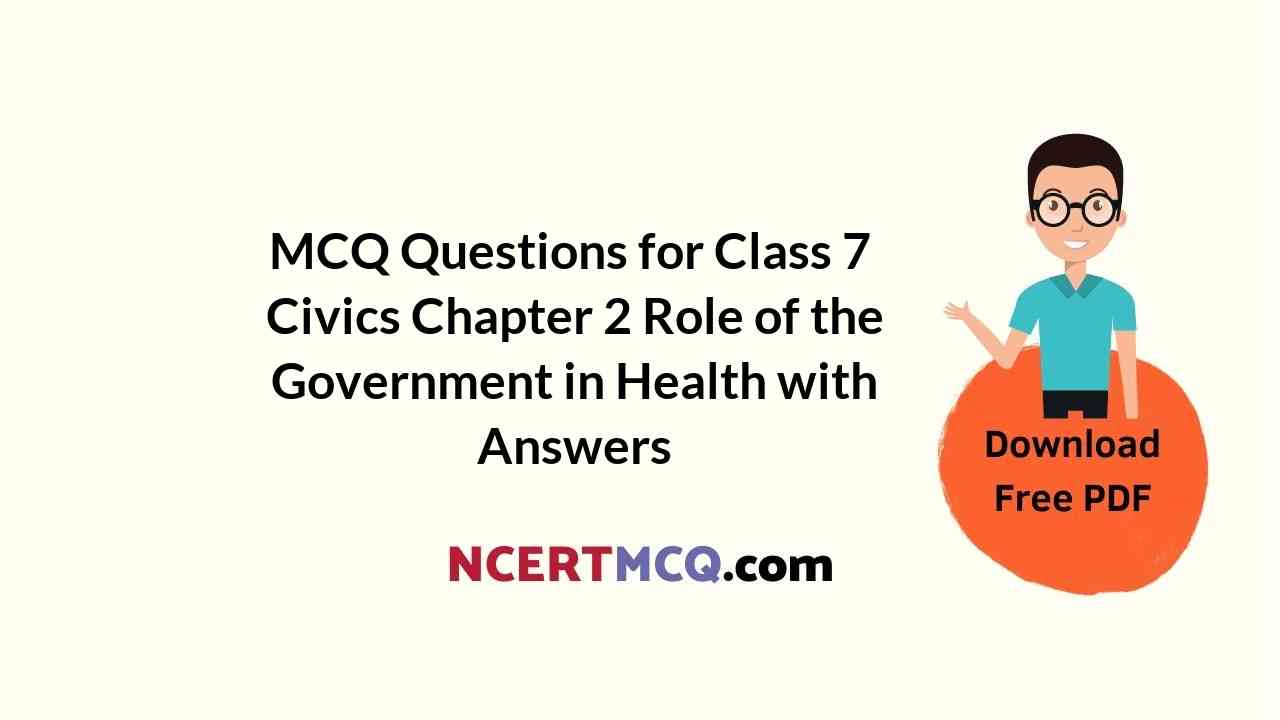

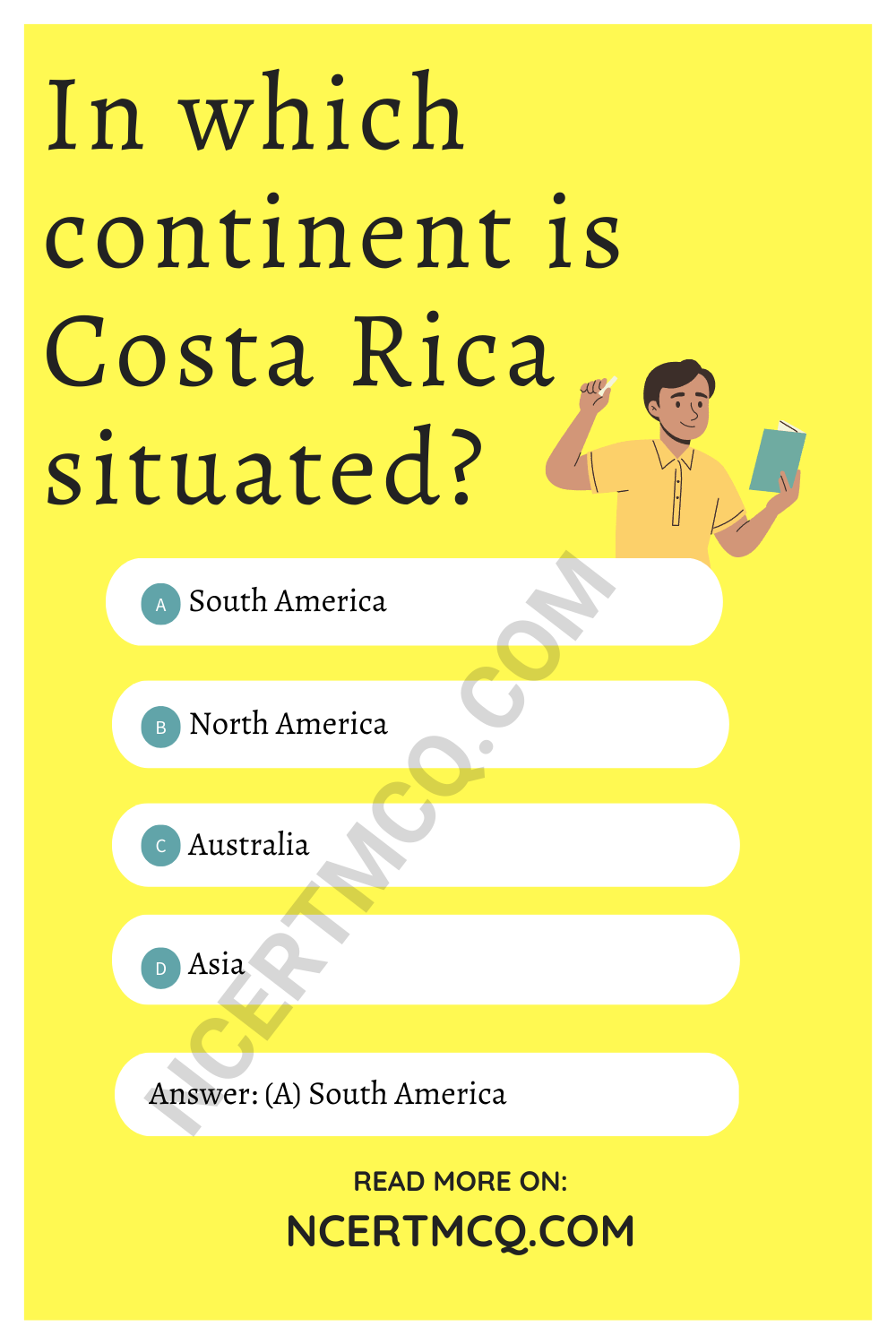 Match the contents of Column A with that of Column B.
Match the contents of Column A with that of Column B.